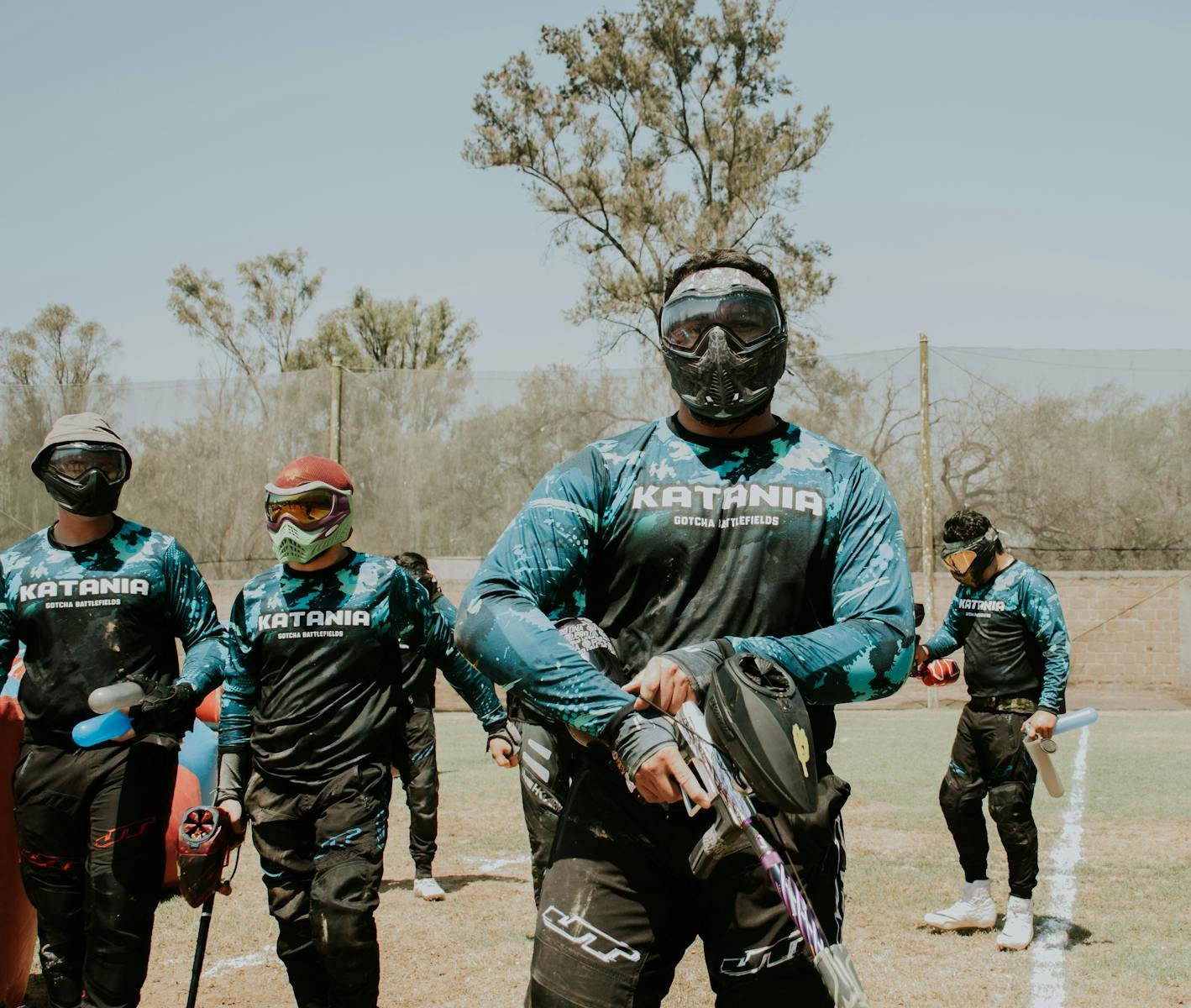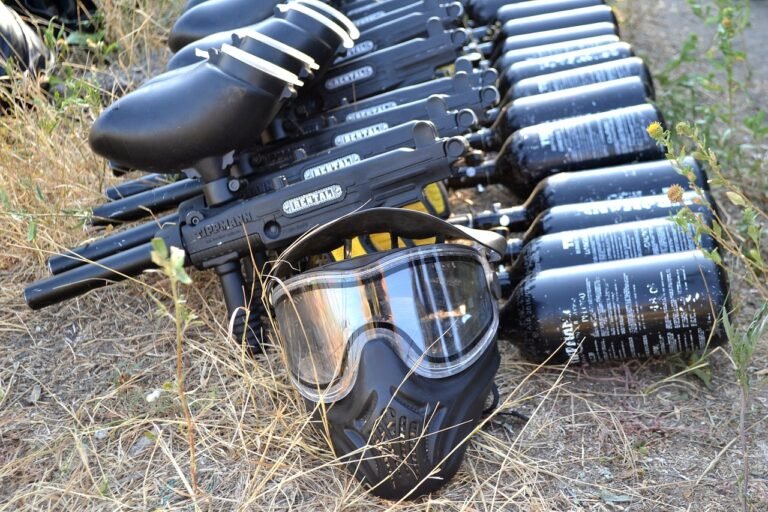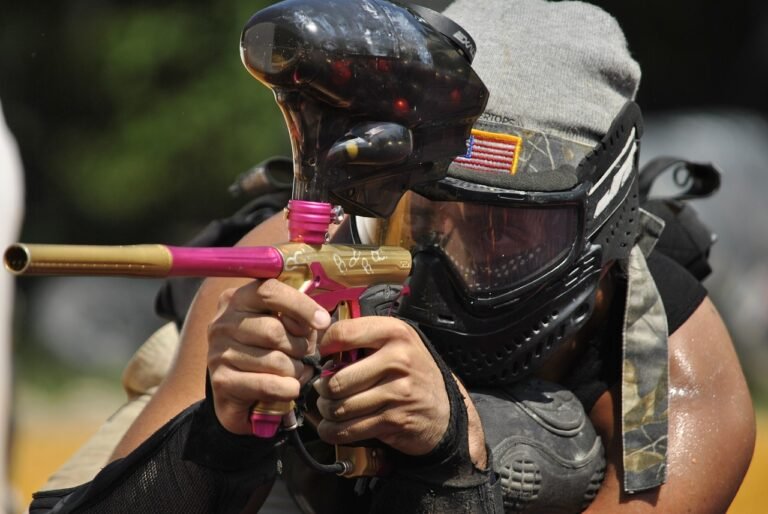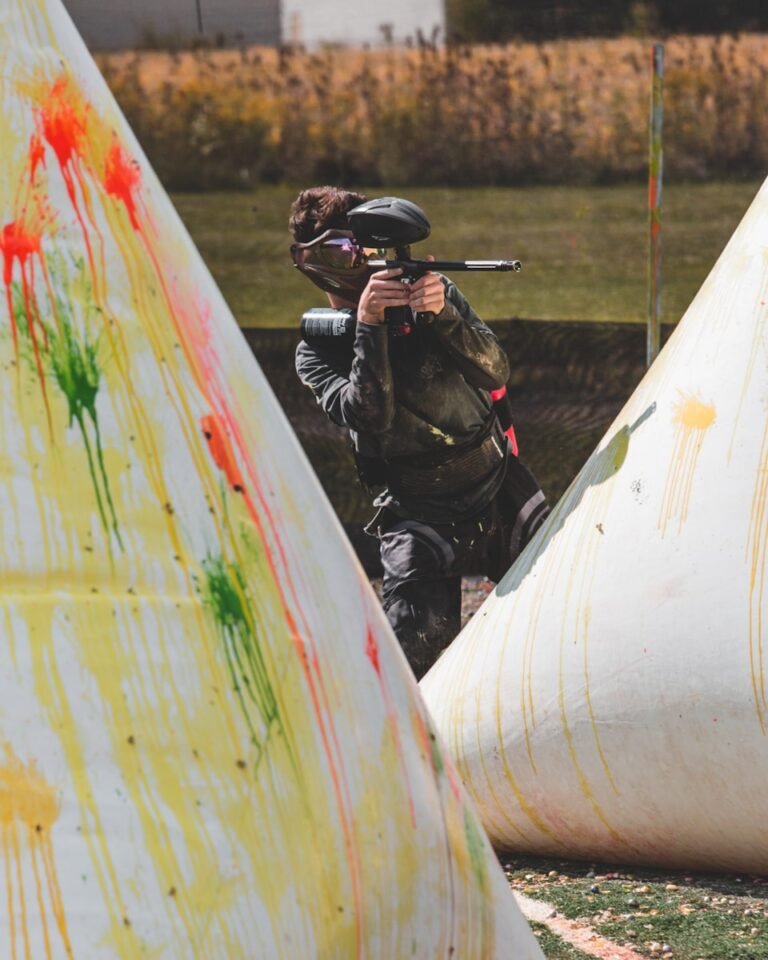Surf’s Up! How to Put an End to Counter Surveillance
While our pet dogs live pampered lives compared to their wolf ancestors, they’re still opportunistic scavengers, happy to consume a tasty morsel whenever the opportunity arises—from a bit of leftovers out of the trash can to the turkey sandwich you were about to pack in your child’s lunch!
When a dog successfully snags food (or other items) from atop the counter or table, trainers call this “counter surfing.” Left to their own devices, most dogs—at least those tall enough to reach the counter—will experiment with this behavior thanks to the never-ending supply of tasty tidbits we humans insist on keeping there.
Set Your Dog Up for Success
Dogs love to gamble. I mean, they REALLY love to gamble. If something works for them—even once—you can bet they’re going to try it again, especially when the payoff was great—like a sandwich. When your dog is young or otherwise new to your home, it’s wise to employ some management around the house to make it less likely she will have the opportunity to experiment with counter surfing. Nothing makes us tidier around the house than a dog in training! Avoid leaving items of interest on counters and tabletops, and casually redirect your dog’s attention to an appropriate object when she’s sniffing around surfaces you’d prefer she ignore.
Teach the Behavior You Want
It’s easy to identify what we don’t want our dog to do. We don’t want them to counter surf. Great. What should they do instead? Dogs repeat behaviors they find reinforcing. Counter surfing is self-reinforcing—a dog is reinforced by the item he helps himself to. When we reward dogs for behaviors that are incompatible with counter surfing, the unwanted behavior decreases. Here are two ideas:
- Teach Your Dog to Stay on a Mat in the Kitchen: If your dog is busy gluing himself to his dog bed while in the kitchen, he can’t be hopping up to steal things from the counter. Teaching a dog to calmly remain in one spot (sometimes called “place training”) is useful in many scenarios. In this instance, the dog learns there’s no need to investigate the countertops for rewards—you’ll deliver rewards to his spot. Don’t be stingy about it. As your dog learns to stay on his bed, make sure you reward generously so that it remains worth it—in your dog’s mind—to play the game our way instead of following his instinct to see what goodies he can find and enjoy on the counter.
- Actively Teach Your Dog to Ignore Food on Counters and Tables: Another great option is to reward the absence of interest in food on a table or counter. In this training set up, the dog is rewarded for not moving toward the easily surf-able food. In the early stages, the forbidden food should be low-value and the rewards are high value. Train on-leash, and at an initial distance where it’s easy for your dog to be correct. Trainer Emily Larlham offers a great explanation and demonstration of this method on her Kikopup YouTube channel.
Rehabbing a Successful Surfer
If your dog is an experienced counter surfer, you’ll want to employ a combination of training and management. Training will help teach the desired new behavior, but it won’t happen overnight. In the meantime, you need to drastically reduce your dog’s opportunities for counter surfing. Every time your dog successfully surfs, he’s self-rewarding and the behavior will continue.
- When you’re not in the position to actively train for the behavior you want, make it nearly impossible for your dog to practice the unwanted behavior.
- Pay attention to your dog’s behavior with the goal of interrupting and redirecting when you suspect surfing is imminent. For example, as your dog walks alongside the counter, head up, nose twitching, there’s a good chance jumping up will soon follow. Interrupt this behavior pattern and encourage her to run and get a bone or toy and praise your dog for engaging in that behavior instead.
- Another option—especially in the early weeks of your rehab training—is to simply avoid the temptation by keeping your dog out of the kitchen, especially during high-temptation activities like meal preparation, and when you know your attention will be elsewhere and you won’t be able to keep an eye on your dog’s behavior.
Remember—every successful surf makes the behavior more likely. Even if you reprimand your dog when you catch him in the act.
A Word on Using Punishment for Counter Surfing
Verbally reprimanding a dog for counter surfing—if you catch him in the act—will interrupt the behavior in the moment but will also likely teach your dog not to counter surf when you’re around. Ideally, we want our dog to understand the better choice is simply not to surf in the first place, whether or not we’re watching.
That’s not to say I don’t interrupt dogs who counter surf—I do, and it’s in a tone that clearly indicates my displeasure. But when I do this, I know it’s a Bandaid, and a clear sign I need to up my training and management game.
Some trainers recommend elaborate booby traps using soda cans strung together and interwoven among a treasure your dog would love to jump up and steal. The idea is that the ruckus of the cans falling will startle the dog enough to prevent future attempts. While this might work on the occasional dog, many dogs, once again, learn to avoid surfing when they recognize this type of set up, or they’re willing to risk the ruckus in order to reap the reward.




